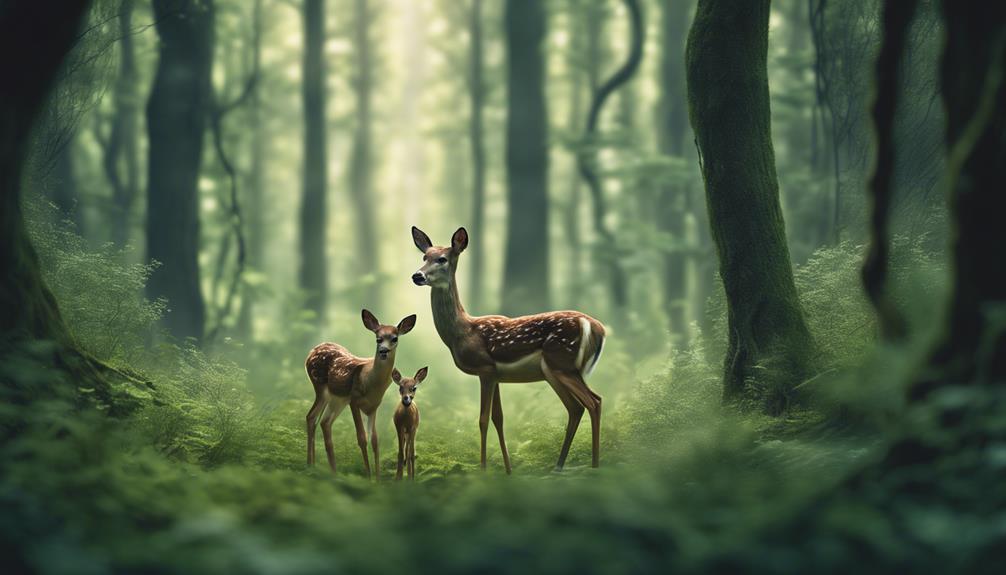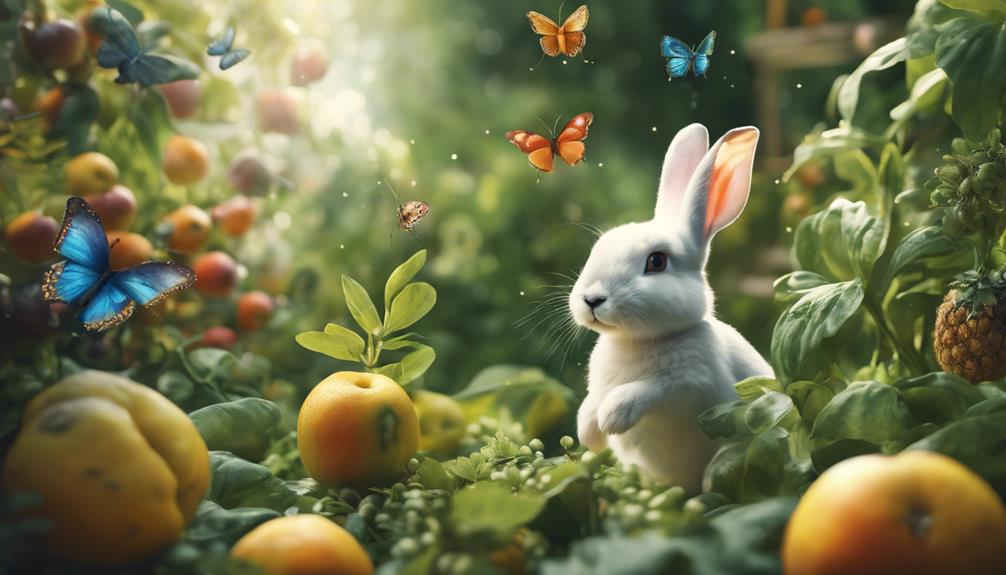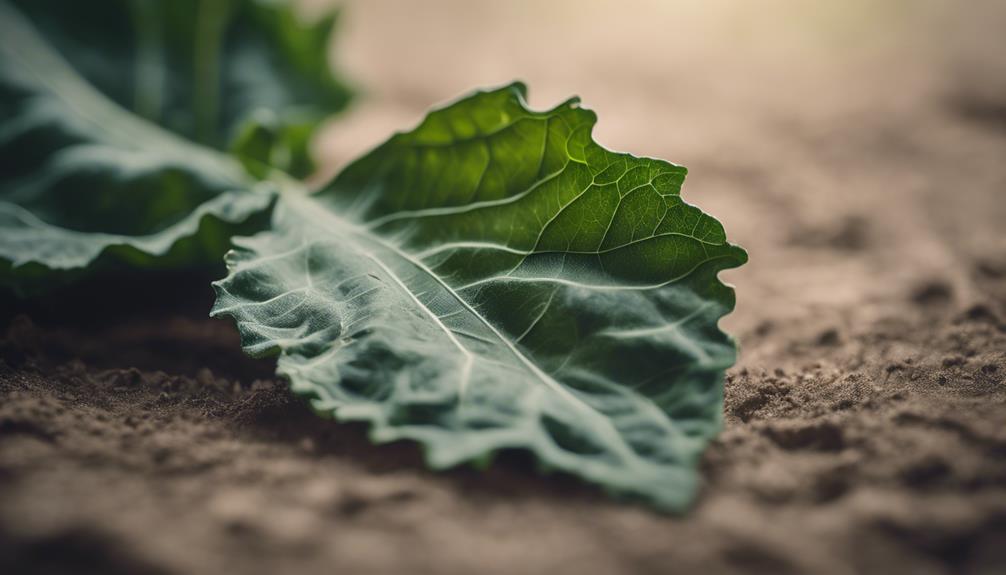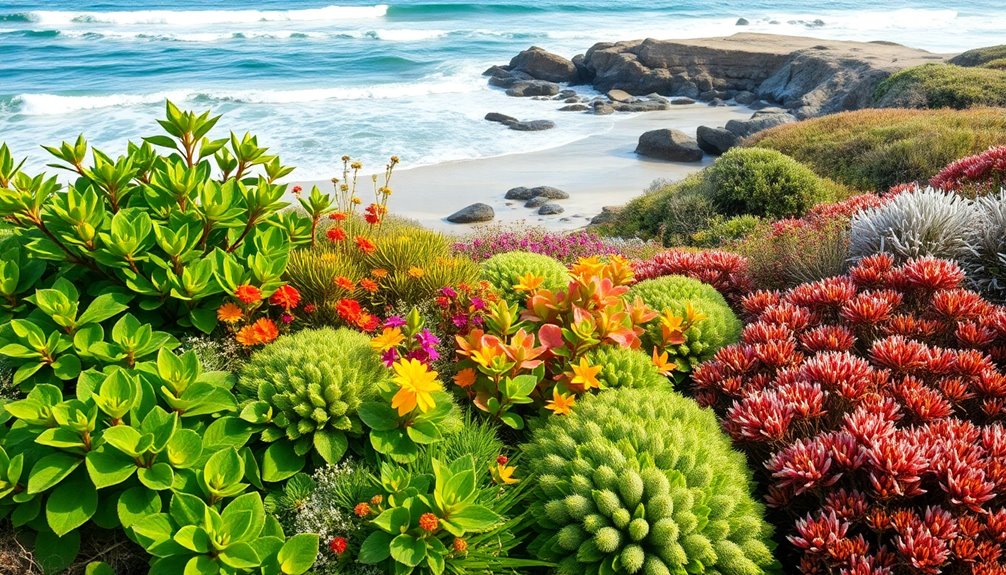As you explore the complex relationships within ecosystems, you'll discover that foraging behavior plays a vital role in controlling population growth by regulating access to resources, influencing reproductive success, and shaping predator-prey interactions. Foraging efficiency affects population growth and resource availability, impacting competition within populations. Changes in foraging behavior influence reproductive success and survival rates, and understanding these responses is essential for predicting and managing wildlife populations. There's more to uncover about the intricate relationships between foraging, resources, and population dynamics – and you're just getting started.
Key Takeaways
- Foraging efficiency affects population growth by influencing resource availability, competition, and reproductive success within populations.
- Changes in foraging behavior impact population size by altering energy intake, expenditure, and survival rates.
- Optimal foraging strategies maximize energy intake, leading to increased reproductive success and population growth.
- Foraging responses to resource availability influence population dynamics, with efficient foraging promoting larger population sizes.
- Habitat quality and resource availability set the carrying capacity, limiting population growth and influencing foraging behavior.
Resource Competition and Scarcity
As you explore the dynamics of foraging and population growth, it becomes clear that resource competition and scarcity play a pivotal role in shaping the fate of a population.
You'll find that foraging helps control population growth by regulating the availability of essential resources like food, water, and shelter. When resources are limited, individuals within a population must compete for them, leading to changes in foraging behavior to maximize resource acquisition.
This competition can have significant consequences, as scarcity of resources can result in decreased reproductive success and survival rates, ultimately influencing population growth dynamics. For instance, when food is scarce, individuals may need to venture further to find sustenance, increasing energy expenditure and reducing their overall fitness. This, in turn, can affect their ability to contribute to future generations.
Understanding how foraging behavior responds to resource availability is vital for predicting population growth patterns and ecosystem dynamics.
Foraging Strategies and Survival

By adopting efficient foraging strategies, individuals can greatly enhance their chances of survival and ultimately contribute to population growth. You'll find that different strategies, such as scavenging, hunting, or gathering, impact population dynamics by influencing resource availability and competition.
For instance, efficient foraging behaviors can lead to increased reproductive success and higher survival rates, which in turn contribute to population growth.
When it comes to foraging efficiency, factors like environmental conditions, predator-prey interactions, and food availability play an important role. Understanding how these factors impact foraging behavior is vital for studying ecosystem dynamics and conservation efforts.
By optimizing foraging strategies, you can adapt to changing environmental conditions, reduce competition for resources, and increase your chances of survival. Additionally, efficient foraging can lead to increased energy reserves, which are essential for reproduction and growth. Foraging impact on fitness is a critical factor in determining an organism’s overall success and ability to thrive within its ecosystem. When foraging is optimized, not only does it support immediate survival, but it also enhances long-term fitness by allocating resources toward critical life processes. Over time, this can increase reproductive success and improve the chances of passing on advantageous traits to future generations. Furthermore, by minimizing the energy expended in search of food while maximizing nutrient intake, organisms can focus their efforts on other vital activities such as mating, territorial defense, and caring for offspring. Understanding **how foraging improves an organism’s fitness** also offers insights into behavioral adaptations that promote resilience in the face of environmental stressors. These advantages collectively contribute to an organism’s ability to thrive and maintain a competitive edge in its ecological niche.
Food Web Dynamics and Population

You'll find that foraging behavior has a ripple effect throughout the entire food web, influencing population growth and structure by determining the availability of resources for individuals within a population.
When foraging success changes, it can lead to fluctuations in population size and structure. For example, if food is scarce, individuals may not have enough resources to reproduce, leading to a decline in population size.
On the other hand, an abundance of food can result in rapid population growth. Additionally, foraging efficiency can impact the reproductive success and survival rates of individuals, thereby affecting population dynamics.
Competition for food resources among individuals can also result in shifts in population density and distribution. Understanding the relationship between foraging behavior and population growth is important for predicting and managing wildlife populations.
Optimal Foraging Theory Explained

As you explore efficient foraging theory, you'll discover that it's all about finding the perfect balance between energy intake and energy expenditure.
When resources are scarce, you'll need to make strategic decisions about where to forage and how to allocate your energy.
Resource Availability Matters
When foraging, animals face an essential trade-off: balancing the energy gained from resources against the energy spent searching and capturing them.
You might think that's a no-brainer – just grab as much food as possible, right? But it's not that simple. The best foraging theory suggests that animals will maximize their energy intake by choosing the most efficient foraging strategies based on resource availability.
As you can imagine, changes in resource abundance can lead to shifts in foraging behavior. This, in turn, affects population dynamics and growth.
For instance, if food is scarce, animals might need to spend more energy searching for it, which could impact their reproductive success and ultimately, population size.
Understanding how foraging behavior responds to resource availability is critical for predicting population trends and conservation efforts. By recognizing the intricate relationship between resource availability and foraging behavior, you can better appreciate the complex dynamics at play in ecosystems.
This knowledge can inform strategies for managing and preserving ecosystems, ensuring the long-term health and sustainability of populations.
Energy Expenditure Tradeoffs
In the quest for survival, organisms constantly weigh the energy expenditure of foraging against the potential benefits, making deliberate decisions about where to forage to maximize their energy intake.
You see, foraging isn't just about finding food; it's about balancing the energy gained from food with the energy spent searching and handling that food. This tradeoff is vital, as it directly affects an organism's ability to grow and reproduce.
When deciding where to forage, you must consider factors like food availability, predation risk, and competition. Will the energy gained from a particular food source outweigh the energy spent reaching it? What if there's a higher risk of predation in that area?
By making informed decisions, organisms can maintain ideal energy levels, which in turn impact population growth. Understanding these energy expenditure tradeoffs provides valuable insights into population dynamics and ecological relationships within ecosystems.
Predator-Prey Interactions and Control

As you explore predator-prey interactions, you'll discover that hunting and scavenging strategies are essential for predators to control prey populations.
At the same time, prey species have evolved defense mechanisms to counter these strategies, making it a constant cat-and-mouse game.
Now, let's examine the specific tactics predators use to hunt and scavenge, as well as the clever ways prey defend themselves.
Hunting and Scavenging Strategies
You'll often find that predators have evolved complex hunting strategies to target specific prey, maximizing their chances of catching a meal while also controlling population sizes. These strategies can be quite sophisticated, with predators adapting to their environment and prey behaviors to increase their hunting success.
For instance, some predators use stealth and ambush tactics, while others employ speed and agility to chase down their prey. Scavengers, on the other hand, play an important role in population control by consuming dead organisms, preventing the spread of disease, and maintaining ecosystem balance.
By removing carcasses, scavengers help prevent the buildup of disease-carrying organisms, which can have devastating effects on entire ecosystems. By hunting and scavenging, predators and scavengers regulate prey populations, influencing population dynamics and species diversity.
Their foraging behaviors have cascading effects on entire ecosystems, making them a critical component of maintaining ecological balance.
Prey Defense Mechanisms
Frequently, prey species have evolved an arsenal of defense mechanisms to avoid falling prey to predators, and these adaptations play an essential role in maintaining ecosystem balance.
As you explore the intricate relationships between predators and prey, you'll discover a range of clever strategies that help prey species survive and thrive.
Here are some examples of prey defense mechanisms:
- Camouflage: blending in with the surroundings to remain unnoticed
- Mimicry: imitating the appearance or behavior of a toxic or distasteful species
- Warning coloration: advertising toxicity or distastefulness through bright colors or patterns
- Physical adaptations: developing spines, shells, or toxins to deter predators
- Behavioral defenses: fleeing, hiding, or forming groups to avoid predators
These defense mechanisms have evolved over time as a response to predation pressure, and they play an essential role in controlling population growth.
Habitat Quality and Carrying Capacity

When you examine the intricate relationship between habitat quality and population growth, it becomes clear that the availability of resources such as food, shelter, and breeding sites directly impacts the maximum population size a habitat can sustain. A high-quality habitat with abundant resources can support a larger population size, while a low-quality habitat may limit population growth.
| Habitat Quality | Resource Availability | Population Size |
|---|---|---|
| High | Abundant | Large |
| Medium | Moderate | Medium |
| Low | Limited | Small |
| Variable | Unpredictable | Unstable |
| Degraded | Scarce | Declining |
Evolutionary Pressures on Population

One key driver of evolutionary pressures on population growth is the way individuals forage for resources, as this behavior can greatly impact access to food, shelter, and breeding sites. You might wonder how this works. Well, when you forage for resources, you're not just looking for food – you're also competing with others for limited resources. This competition can lead to selective pressures that favor certain traits or behaviors, influencing population dynamics over time.
As you forage, you're making choices that impact your individual fitness and reproductive success. Efficient foraging strategies can increase your chances of survival and reproduction, which in turn affects the overall population size. But it's not just about you – changes in environmental conditions can shift the dynamics of foraging and resource availability, affecting population growth rates.
Here are some key takeaways to keep in mind:
- Competition for food sources can lead to selective pressures that favor certain traits or behaviors
- Efficient foraging strategies can increase individual fitness and reproductive success
- Changes in environmental conditions can shift the dynamics of foraging and resource availability
- Foraging adaptations, such as specialized feeding techniques or preferences, can play a role in shaping the genetic diversity and distribution of a population
- The availability of resources can impact access to food, shelter, and breeding sites, influencing population growth rates
Frequently Asked Questions
How Does Foraging Control Population Growth?
You're wondering how foraging controls population growth. Well, it's simple: efficient foraging boosts reproductive success, while competition for food resources creates natural selection pressures, ultimately regulating population size and growth rates.
Why Did Foraging Communities Want to Limit Their Population Size?
You wonder why foraging communities wanted to limit their population size. Well, they did so to guarantee sustainable use of resources, maintaining a balance between availability and demand, and avoiding overexploitation.
Does Foraging Still Exist?
You'll be surprised to know that 1 in 10 indigenous communities still practice foraging, and yes, foraging still exists, thriving in modern times with urban foraging tours, workshops, and communal gatherings promoting sustainable living.
How Does Foraging Work?
You're wondering how foraging works: it's the process of searching, acquiring, and utilizing resources like food and water to survive and reproduce, and you do it by making decisions about where, when, and how to forage effectively.
Conclusion
As you've seen, foraging plays a crucial role in controlling population growth. By understanding how resource competition, foraging strategies, and predator-prey interactions shape population dynamics, you can better appreciate the delicate balance of ecosystems.
By recognizing the intricate web of relationships within an ecosystem, you'll grasp how foraging influences population growth, and ultimately, the health of our planet.










